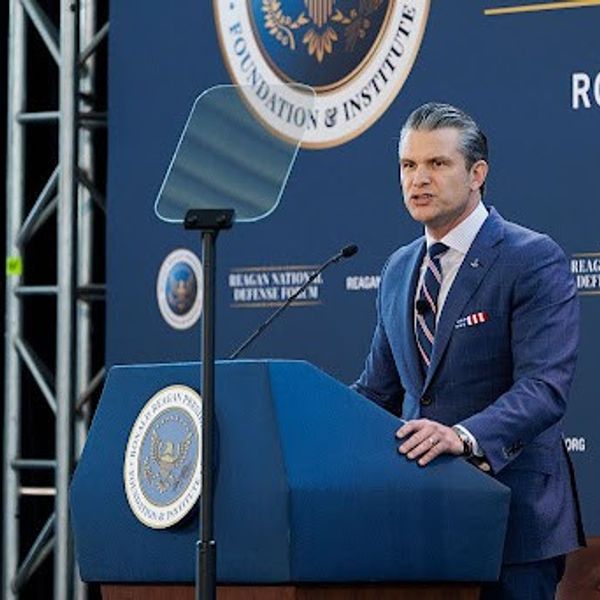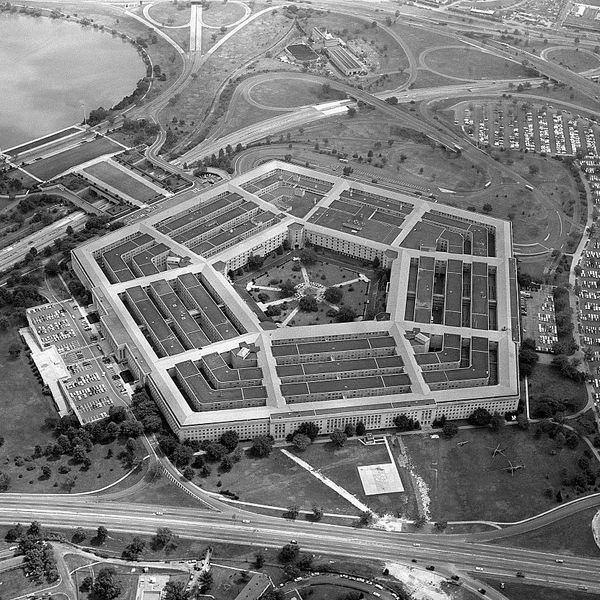OPINION / EXPERT PERSPECTIVE — Going into 2024, I reflected on some of the most important analytic lessons that I have learned during the last couple decades. These lessons can be applied to any type of analysis, national security-related or otherwise, and can be relevant at any point in your career.
1) Assumptions love to hide in plain sight.
Looking back at some recent as well as historical analytic shortfalls, it was often not the failure to "connect the dots" available that was the main issue. Instead, it was the underlying, but often hidden, assumptions about the ‘missing’ dots.
To be fair, making assumptions is inherent to analysis, but we often do it without knowing or being explicit about it. When we make unstated or shaky assumptions about how the missing dots fit into the overall puzzle picture, and they ultimately prove false, it can lead to major analytic surprise.
Identify, accentuate, and challenge your assumptions explicitly, early, and often.
2) Precedence can be a bias.
As analysts, we tend to be anchored in what has happened in the past as a guide for what could happen in the future, which makes sense most of the time. But there is also a first time for everything.
It is critical to be intellectually open to the possibility that something that has never occurred before is indeed the likely scenario. It is also important for senior leaders to provide top cover for analysts to feel empowered to make these difficult calls, as long as the underlying tradecraft or logic is rock solid (including illuminating the assumptions, of course!).
Find the analytic courage to make the tough call even when history is against you.
Today’s constant barrage of information makes it easy for countries to wage disinformation campaigns and your emotions are the weapon of choice. Learn how disinformation works and how we can fight it in this short video. This is one link you can feel good about sharing.
3) Insight is often in the gray area.
Few things worth analyzing are truly black and white. So, absolutist concepts, words, or terms like, "none, all, never, always, everywhere, nowhere, nobody, everybody, completely" in analysis should set off alarm bells. ISIS will always pose a threat to U.S. interests and will never surrender for as long as it exists, but the gray area is: to what extent or degree and what specifically is the threat? In what countries or regions is the threat higher or lower, and why? Are their opportunities to deter, contain, lessen, or mitigate?
Precisely characterizing the gray, rather than defaulting to what is black and white, is where there is often the most useful insight.
Pause when someone presents a "clear" analytic position with a black and white rebuttal of the alternatives, rather than an objective discussion of the gray areas.
The Cipher Brief is committed to publishing a range of perspectives on national security issues submitted by deeply experienced national security professionals.
Opinions expressed are those of the author and do not represent the views or opinions of The Cipher Brief.
Have a perspective to share based on your experience in the national security field? Send it to Editor@thecipherbrief.com for publication consideration.
Read more expert-driven national security insights, perspective and analysis in The Cipher Brief














